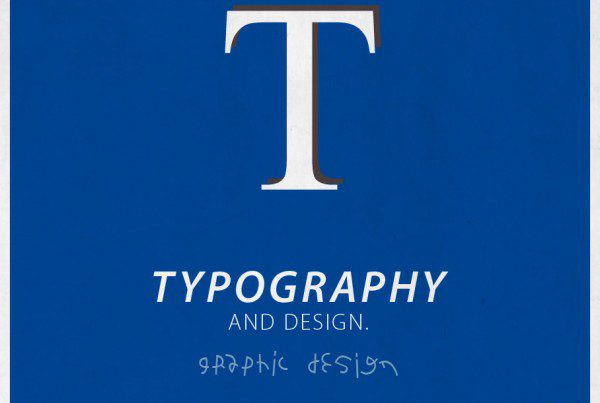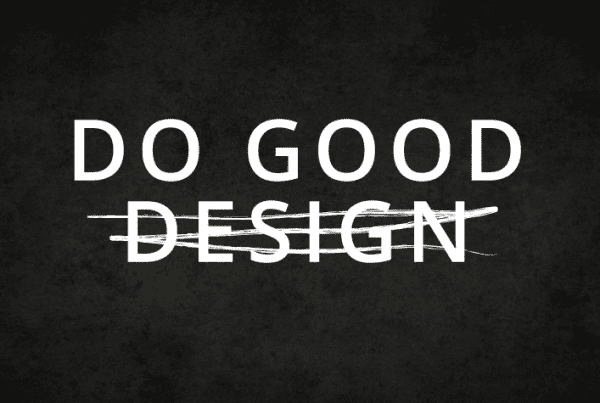Sustainable graphic design is not about using a dominant colour palette of luscious green. It is not about decorating a visual with leaves and symbols that suggest eco-friendliness. Sustainable graphic design is a thoughtful methodology that benefits the society, economy and the world we live in. It benefits your business and brand when done right.
1. What is Sustainable Design?
Sustainable design is the philosophy or belief of designing physical objects, the fabricated environment and services to comply with the principles of social, economic and ecological sustainability. It is also known as environmental design, environmentally sustainable design, environmentally conscious design or environmentally friendly design. The aim of sustainable design is to eliminate or reduce harmful impact on the environment through thoughtful and sensitive design. Sustainable design permeates many design disciplines. It is a common buzzword in fashion design, industrial design, interior design, product design, graphic design, web design and many more.
2. What is Sustainable Graphic Design?
Sustainable graphic design is the application of sustainability principles to graphic design. Graphic design is the art or skill of combining text, symbols and images in any visual communication mediums to represent ideas and messages. It is a skillset that is required and utilised in packaging design, logo design, website design, etc.
3. The 8 Rs for Sustainable Graphic Design
Businesses require marketing to promote and sell their products or services. Marketing needs graphic design to amplify their marketing message and make appropriate impression for the brand. For marketing campaigns that involve offline distribution, collaterals are printed and produced. Sustainable graphic design employs the 8 Rs, or rather, the 8 sustainability principles in the marketing campaign preparation from design to print. The sustainability principles are put to use by thoughtful graphic designers in their design process and the recommendations they put forth to the people who buys their designs.
PRINCIPLE |
APPLICATION |
BENEFIT |
| Refuse | Say no to non-recyclable materials. Do not print and produce marketing collaterals with non-recyclable materials unless it is really needed. | Eliminates and reduces non-recyclable wastes which are harmful to the environment. Incineration causes air pollution and landfills are expensive. |
| Reduce | Design and print only what you need. Lessen the number of printed pages wherever possible. | Reduces consumption of resources and cost expenditure for unnecessary print and production. |
| Reinforce | Protect the printed marketing collaterals with appropriate finishings and materials (e.g. use lamination and higher paper grammage) if they are used extensively. Strengthening the collaterals reduces wear and tear. | Prolongs the life of your printed collaterals which lengthens the duration before a reprint is necessary. |
| Repair | A typo on your printed collateral does not warrant you to discard them. Be responsible for your mistake and be socially-responsible. Print a sticker label and paste it on the printed collateral to correct the error. Move on! | Eliminates consumption of resources and cost expenditure for a reprint. |
| Reuse | Use again your past marketing campaigns and collaterals. If your business makes seasonal marketing campaigns all year round, reuse them for the following year. Consumers may not even know you are reusing them. If necessary, have another marketing campaign designed so you can use them in alternating years. | Eliminates consumption of resources and cost expenditure for making new marketing campaigns every year. |
| Recycle | Reprocess ideas and rejected design proposals (for graphic designers). The stone that builders rejected today may become the cornerstone for your next project and beauty likes in the eyes of the beholder. | Reduces resources that are consumed for the generation of new ideas. |
| Redesign | Design again your product packaging in a clever and different way. | Reduces materials consumed and lessens material wastes. The brand is perceived as being innovative and recognised for its social responsibility efforts. |
| Recommend | Promote sustainable living. Make footnotes on your product packaging to recommend recycling. | Reduces impact on environment by advocating recycling. The brand is recognised for its efforts in social responsibility. |
4. The Challenges of Sustainable Graphic Design
Sustainable graphic design is always a challenge for graphic designers and people in the creative industry where their sole propaganda is to effectively sell their client’s products or services. It is akin to the struggle of doing good with design versus doing good designs. It gets hard to tell clients to consume less when their consumption is what fuels the design business. Many a times, in order to create thought-provoking and impactful marketing collaterals, additional resources have to be consumed. The irony is real.
The market is not ready for sustainability design. Using recycled and Forest Stewardship Council certified paper results in a significant increment to the production cost. It is the primary factor that deters businesses from going eco-friendly. Recycled paper has a more complex production process than virgin paper and the additional steps equate to a higher cost. FSC paper are more expensive compared to virgin paper because companies who produce FSC-certified paper have to undergo strict standards by the Forest Stewardship Council. The FSC requires products that bear an FSC-certified label to go through a chain of guardianship from the forest to the manufacturer to the merchant and eventually, to the printer, when relevant. Likewise, the additional processes translate to a higher cost.
If you find value in what you’ve just read, share this post. Be hopeful and do your part to promote sustainable design and make a stand for the society and Earth we live on!



